การแนะนำ
Lab coats are a vital part of personal protective equipment in laboratories. They shield the wearer from chemical spills and other potential hazards. The material from which a lab coat is made can significantly influence the level of protection it provides.
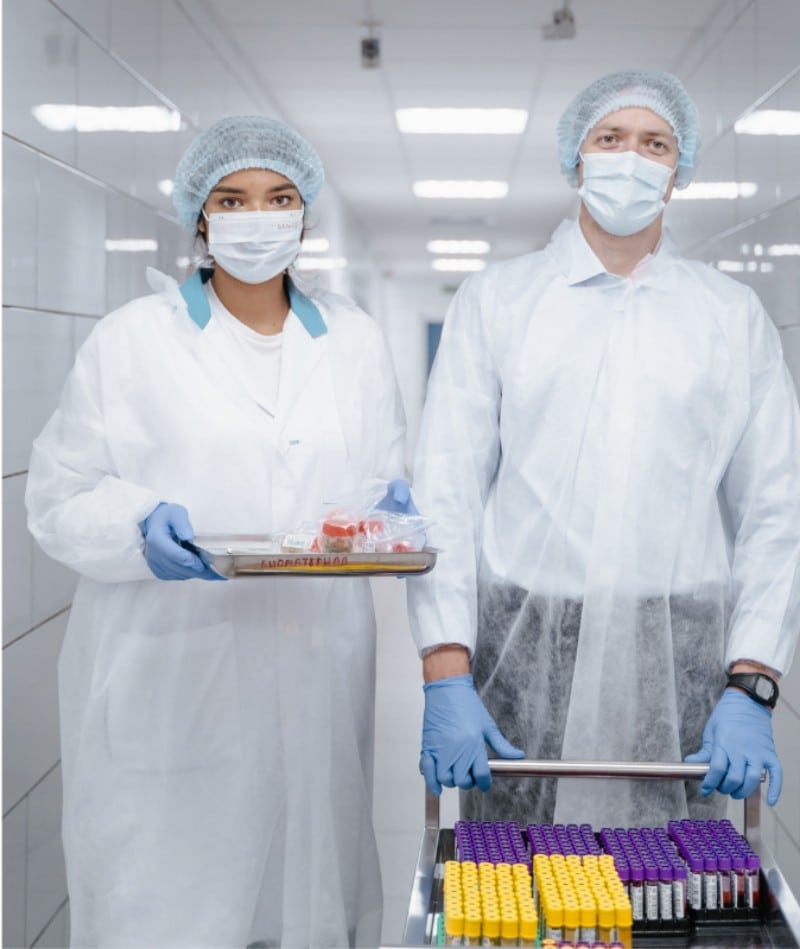
Cotton Lab Coats
Cotton lab coats are a common choice due to their breathability and comfort. However, they offer limited protection against chemicals and are not flame-resistant. Therefore, they are best suited for environments where comfort is more crucial than high-level protection.

Polyester-Cotton Blend Lab Coats
Lab coats made from a polyester-cotton blend strike a balance between comfort and durability. These lab coats are resistant to wrinkles and can endure frequent washes, making them a practical choice for high-activity labs.
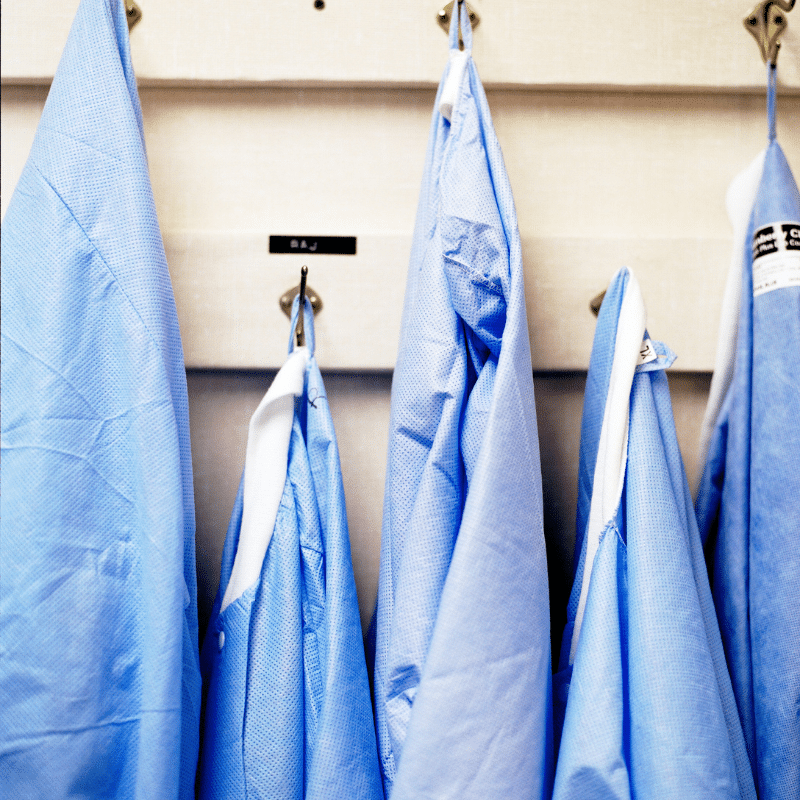
Polyester Lab Coats
Polyester lab coats offer better chemical resistance than cotton and are also wrinkle-resistant. However, they are less breathable than cotton, which could impact comfort levels.

Flame-Resistant Material Lab Coats
In lab environments where work with open flames or high temperatures is common, flame-resistant materials like Nomex are crucial. These materials can protect the wearer from burns and are a necessity in certain hazardous environments.

Barrier Fabrics Lab Coats
Barrier fabrics, including polypropylene, microporous film, and laminates, are the go-to materials when working with hazardous chemicals or infectious materials. These fabrics resist permeation and penetration by chemicals, providing high-level protection.
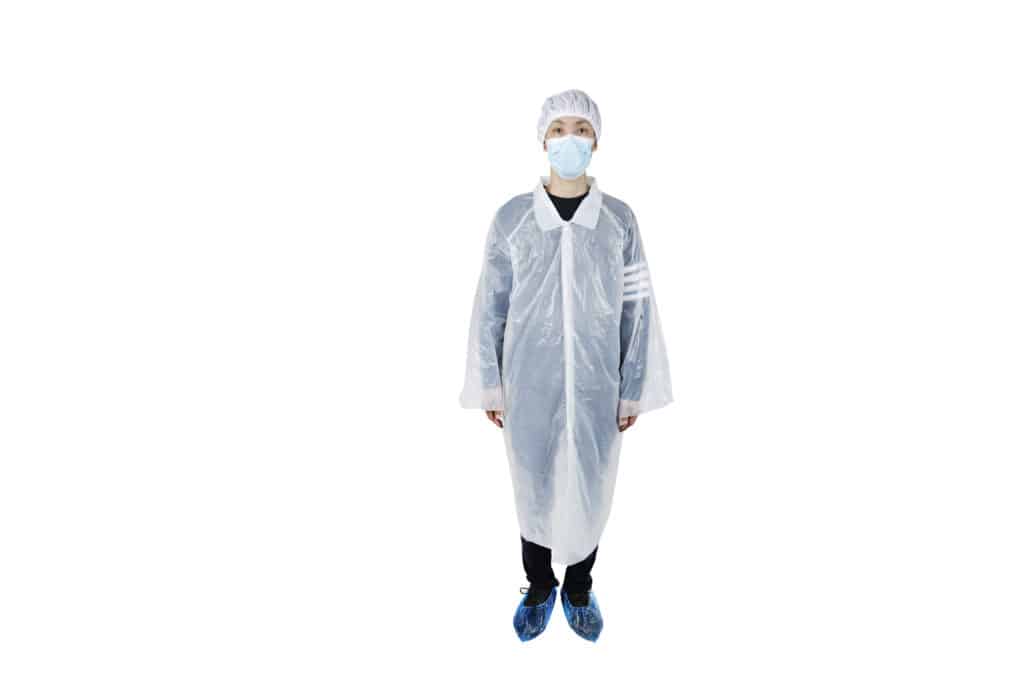
เสื้อคลุมแล็บแบบใช้แล้วทิ้ง
In certain situations, disposable lab coats, such as those manufactured by Wuhan Youfu, are the optimal choice. These are ideally suited for one-time use scenarios where contamination is a concern. They can be discarded after use, reducing the risk of cross-contamination. Disposable lab coats are made from materials like polypropylene (PP), SMS non-woven, and microporous materials, each offering varying levels of protection.
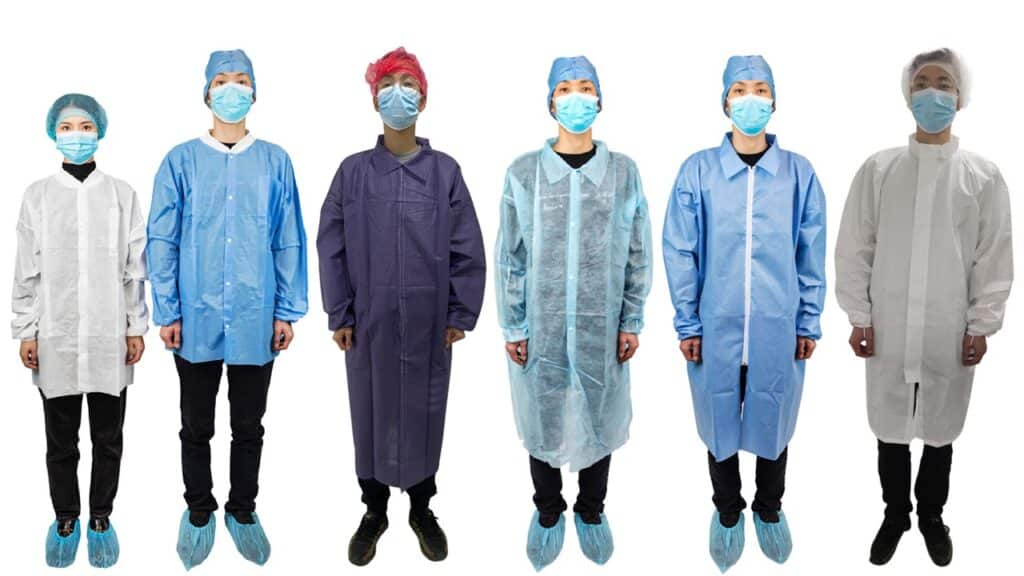
บทสรุป
Choosing the best material for a lab coat depends on the specific work environment, the tasks performed, and personal comfort preferences. Whether it’s a cotton, polyester, or a disposable lab coat from Wuhan Youfu, it’s critical to select a lab coat material that provides the necessary level of protection for your specific needs.
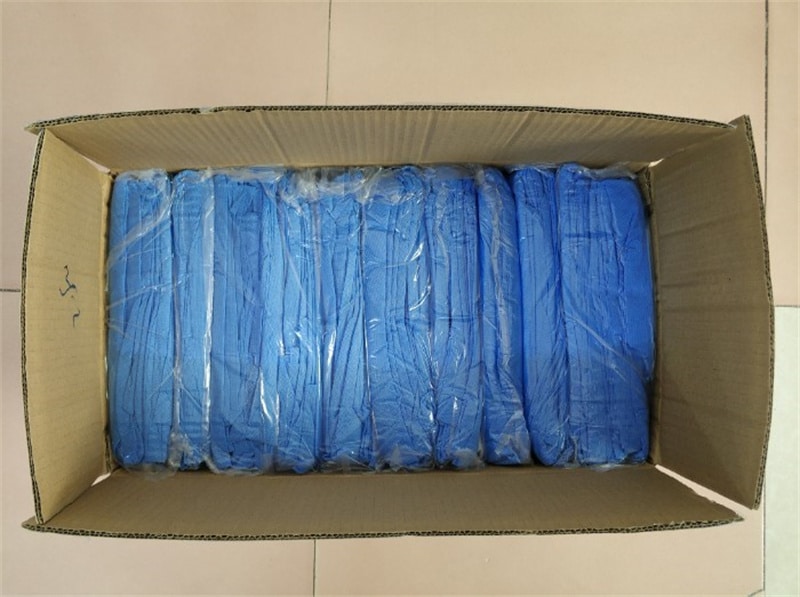
FAQs:
- What is the best material for a lab coat?
- The best material depends on the specific needs of the lab environment and tasks. It could be cotton, polyester, flame-resistant materials, barrier fabrics, or materials used for disposable lab coats like PP, SMS non-woven, or microporous materials.
- Are disposable lab coats a good choice?
- Yes, disposable lab coats, such as those by Wuhan Youfu, are ideal for one-time use scenarios where contamination is a concern as they can be discarded after use.
- What are the materials used for disposable lab coats?
- Disposable lab coats are commonly made from polypropylene (PP), SMS non-woven, and microporous materials.
- What material lab coat is suitable for working with open flames?
- Lab coats made from flame-resistant materials like Nomex are suitable for work environments that involve open flames or high temperatures.
- Are there lab coats that prevent bacterial growth?
- Yes, lab coats made from antimicrobial fabrics inhibit the growth of bacteria, making them suitable for healthcare or microbiology labs.










